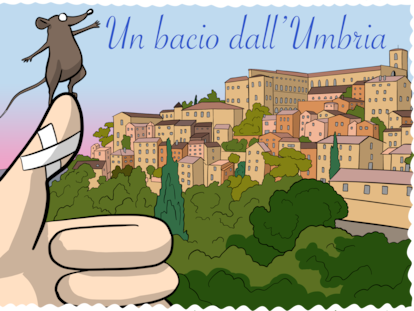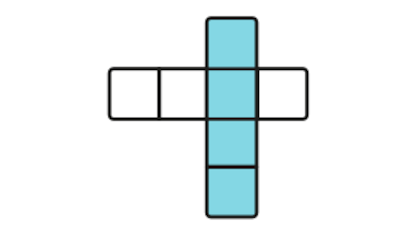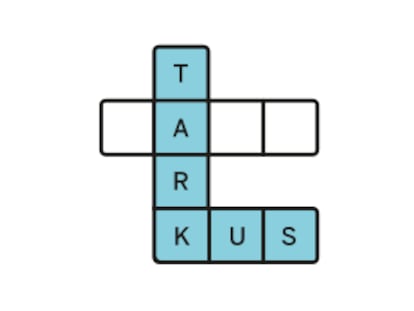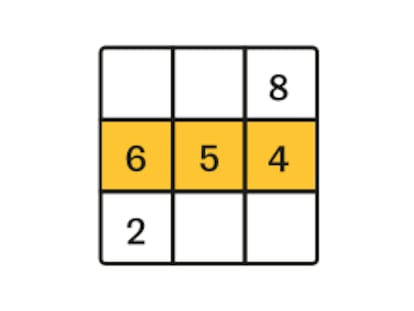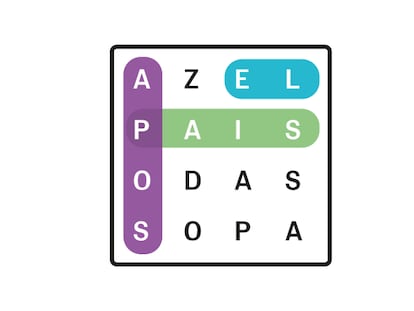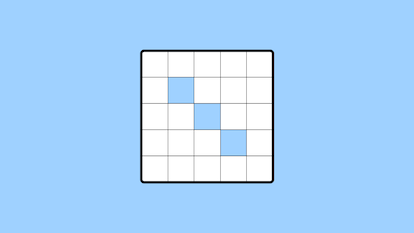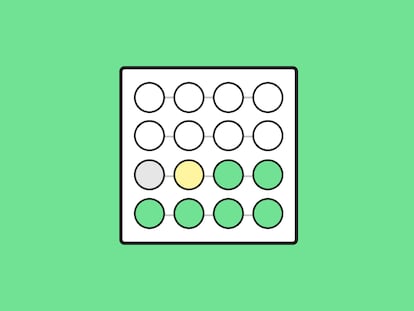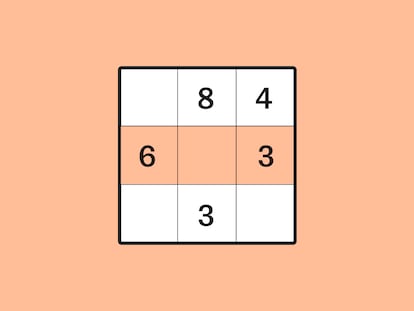Study of over 1,000 sites suggests inequality emerged long after agriculture
A comprehensive analysis of thousands of homes from the last 10,000 years reveals the distribution of wealth in ancient times
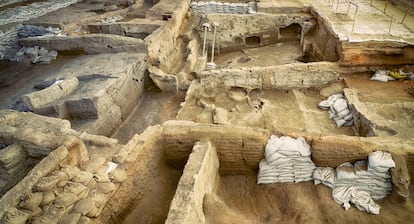
It must have been Jean-Jacques Rousseau (1712-1778), the philosopher and one of the fathers of the Enlightenment, who was one of the first to link the emergence of wealth disparities — both moral and material — with the development of complex societies. This was an argument explained in his Discourse on the Origin and Basis of Inequality Among Men.
Later, in the earliest studies documenting the Neolithic Revolution, social scientists established a direct link between the abandonment of the natural state, hunter-gatherer societies, and the beginning of the end of that Eden. In simple terms, they proposed that as humans domesticated plants and animals, they became anchored to the land. From agricultural settlements arose the first cities, where surplus value accumulated, leading to class differentiation, the rise of politics, and eventually, the formation of the first states.
However, a study published on Monday in PNAS — examining the size of around 53,000 houses from more than 1,000 archaeological sites spanning the last 10,000 years — tells a different story: inequality emerged many generations after humans had ceased to be the Rousseauian noble savage.
The study is part of the Global Dynamics of Inequality (GINI) Project, which involves historians, archaeologists, economists, and sociologists. Their goal is to revisit Rousseau’s premise, but with the advanced tools of modern science, three centuries later. The project uses an index currently employed to measure income or wealth inequality within a population.
It bears the same name as the GINI coefficient, a key tool for statisticians, economists, and policymakers. This GINI index ranges from 0 (representing highly egalitarian societies) to 1 (where the disparity between the rich and poor is extreme). However, there is no data on the income or earnings of inhabitants in cities like Çatalhöyük, a 9,000-year-old settlement in modern-day Turkey, or El Palmillo, a Mayan site dating back between 1,500 and 1,250 years. As a result, researchers turned to the size of homes as an indirect way to assess the wealth of these past populations.
As Gary Feinman, an anthropologist at the Field Museum in Chicago, co-author of one of the 11 GINI studies, explains: “Variations in house size may not reflect the full magnitude of wealth differences, but they are a consistent indicator of the degree of economic inequality that can be applied across time and space.”
With this in mind, the researchers studied the size of tens of thousands of homes from nearly 3,000 sites, some dating back just a few centuries after the end of the last Ice Age.
“I know from my own archaeological fieldwork in the Oaxaca Valley, Mexico, that almost always, the larger the house, the more elaborate it is, with special features and thicker walls,” says Feinman.
It was enough for the researchers that the floor plan was preserved, although any other data (its layout, material wealth found, etc.) also helped to infer the wealth of its inhabitants. With this approach, they were not only able to compare the evolution of each site, but also to compare within each one, looking for differences in status.
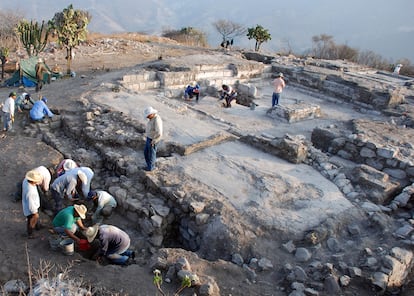
The various studies include data from the first cities that emerged where agriculture began: the Middle East, Anatolia, and almost simultaneously along the eastern coast of what is now China and Japan. Additionally, they collected data from other parts of the world where the Neolithic arrived later, such as Eastern and Central Europe, pre-Roman Britain, and the pre-Inca, Aztec, and Mayan civilizations.
The first key takeaway from this research is that there isn’t one singular story of inequality, but rather many. “There are many things that have been taken for granted for centuries, for example, that inequality inevitably increases,” Feinman says. “The traditional view assumes that once larger societies with formal leaders develop, or once agriculture arrives, inequality will increase considerably. These ideas have been held for centuries, and what we’re discovering is that it’s more complex than that: in the most complex societies, inequality doesn’t necessarily rise to a peak.”
According to the anthropologist, there are factors that can facilitate or increase inequality, “but these factors can be stabilized or modified by different decisions and human institutions.”
The researchers discovered that over 10,000 years, the greatest inequalities appeared in the longest-lasting human settlements. Another key factor was war, which tended to reduce inequalities. One of the studies classified homes based on whether they were in fortified settlements, using the walls as an indirect indicator of militarism. They found a strong correlation between residential differences and conflict, especially, as the authors note, “in the context of collective governance and labor-limited food production.” However, they also found long periods, particularly in the earliest periods represented in the database (dating back 10,000 years), when the difference between homes in fortified sites was either smaller or equal to that of non-fortified settlements.
Dan Lawrence, a professor at the University of Durham and the first author of one of the studies, as well as co-author of several others, points to cases that highlight this variability. As expected, in many of the older sites, the Gini coefficient is very balanced.
“The lowest are those of the hunter-gatherer societies of the Jomon period in Japan,” explains Lawrence. Regarding more well-known complex societies from history, “we can say that Rome was very unequal: Pompeii has a Gini coefficient of 0.61, and Roman Britain is also around 0.6, depending on how you calculate it,” he adds.
However, in cities like Mohenjo-Daro, located in the Indus Valley, which had around 35,000 inhabitants nearly 5,000 years ago, the Gini coefficient was only 0.22. Another example of low inequality in large cities is the Tripilia culture, a Neolithic society that emerged in what is now Ukraine around 7,000 years ago. “These are examples of large centers with very low Gini coefficients, most of them around 0.2,” he concludes.
The other major finding is that inequality took time to emerge. While there are some cases where inequality appeared almost simultaneously with the rise of agriculture and cities, in most of the archaeological record, it took many years — sometimes millennia — for the connection between Neolithic developments and wealth disparities to become apparent. The title of one study sums it up: “100 generations of wealth equality after Neolithic transitions.”
“This is probably our most interesting finding: that there is a lag between the rise of agriculture and the rise of inequality,” says Lawrence. “Since Rousseau, it has been assumed that as agriculture developed, so did private property ownership and, as a result, increased inequality. We show that this isn’t the case, and that, instead, people remained virtually equal for more than a millennium after agriculture became widespread.”
The enormous gap between the development of agriculture, with all that followed, and the rise of inequality still has no explanation. However, the authors propose two potential explanations, which are not mutually exclusive. On one hand, they suggest it may be related to the dynamics between population growth and agricultural methods. Initially, populations were still small, and the primary limitation on production was the available labor force.
“Over time, population increases and land decreases. Under these conditions, there are more opportunities for conflict, for winners and losers,” Lawrence argues.
The other explanation, which could have occurred in parallel, is the weight of tradition. Lawrence explains: “The cultural norms of egalitarian hunter-gatherer societies may have taken a long time to disappear, so early farmers would have had solid leveling mechanisms that prevented the emergence of inequality.”
Sign up for our weekly newsletter to get more English-language news coverage from EL PAÍS USA Edition
Tu suscripción se está usando en otro dispositivo
¿Quieres añadir otro usuario a tu suscripción?
Si continúas leyendo en este dispositivo, no se podrá leer en el otro.
FlechaTu suscripción se está usando en otro dispositivo y solo puedes acceder a EL PAÍS desde un dispositivo a la vez.
Si quieres compartir tu cuenta, cambia tu suscripción a la modalidad Premium, así podrás añadir otro usuario. Cada uno accederá con su propia cuenta de email, lo que os permitirá personalizar vuestra experiencia en EL PAÍS.
¿Tienes una suscripción de empresa? Accede aquí para contratar más cuentas.
En el caso de no saber quién está usando tu cuenta, te recomendamos cambiar tu contraseña aquí.
Si decides continuar compartiendo tu cuenta, este mensaje se mostrará en tu dispositivo y en el de la otra persona que está usando tu cuenta de forma indefinida, afectando a tu experiencia de lectura. Puedes consultar aquí los términos y condiciones de la suscripción digital.
More information
Archived In
Últimas noticias
A survivor’s account of the Interoceanic Train accident: ‘We were scared because of the speed on the curve’
The Interoceanic Train, the Mexican alternative to the Panama Canal
What is known about the Interoceanic Train derailment in Oaxaca
Trump turns a Minnesota fraud allegation into ammunition for his MAGA army against Democrats
Most viewed
- Oona Chaplin: ‘I told James Cameron that I was living in a treehouse and starting a permaculture project with a friend’
- Reinhard Genzel, Nobel laureate in physics: ‘One-minute videos will never give you the truth’
- Why the price of coffee has skyrocketed: from Brazilian plantations to specialty coffee houses
- Pablo Escobar’s hippos: A serious environmental problem, 40 years on
- Chevy Chase, the beloved comedian who was a monster off camera: ‘Not everyone hated him, just the people who’ve worked with him’





















